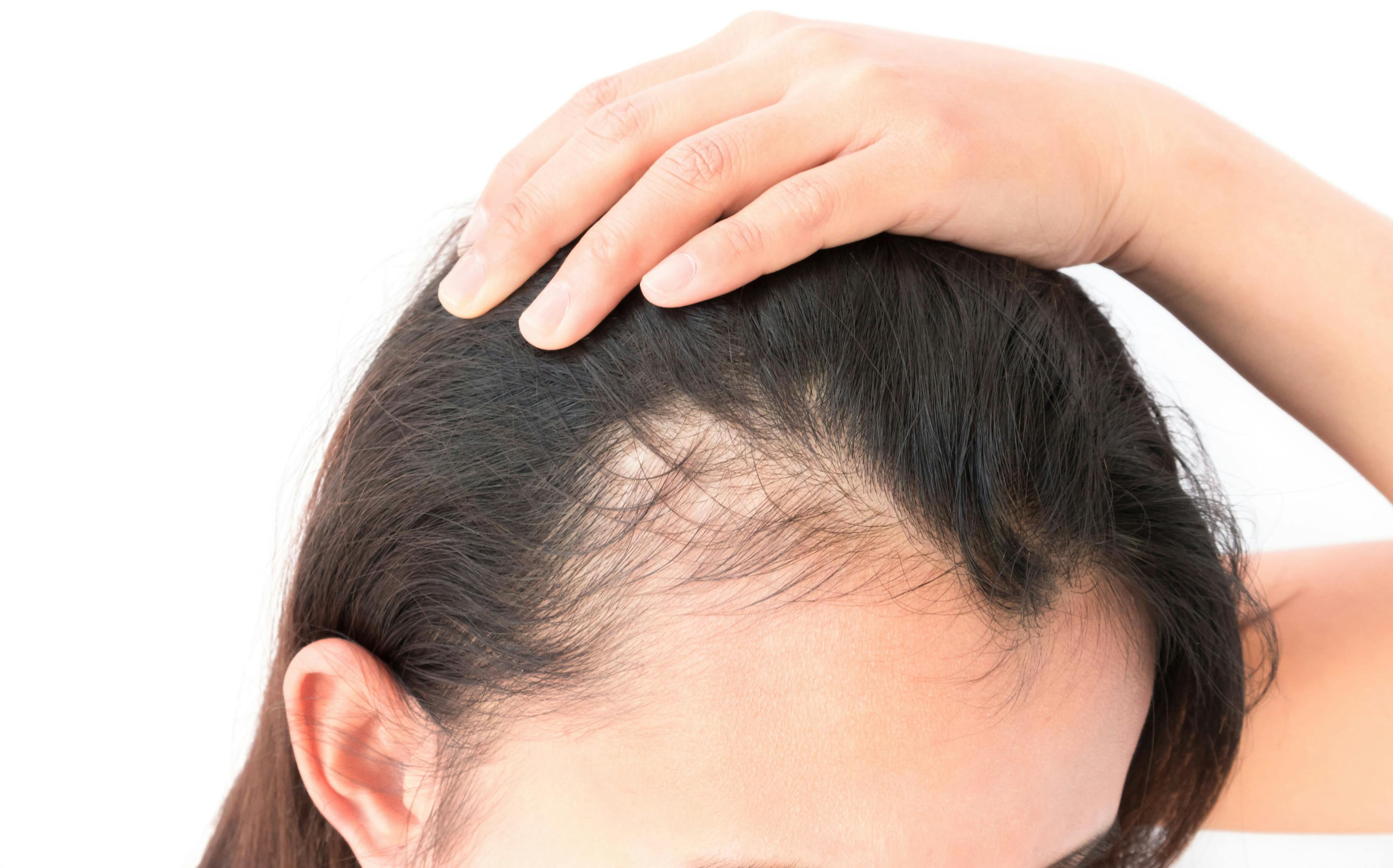- Acne
- Actinic Keratosis
- Aesthetics
- Alopecia
- Atopic Dermatitis
- Buy-and-Bill
- COVID-19
- Case-Based Roundtable
- Chronic Hand Eczema
- Chronic Spontaneous Urticaria
- Drug Watch
- Eczema
- General Dermatology
- Hidradenitis Suppurativa
- Melasma
- NP and PA
- Pediatric Dermatology
- Pigmentary Disorders
- Practice Management
- Precision Medicine and Biologics
- Prurigo Nodularis
- Psoriasis
- Psoriatic Arthritis
- Rare Disease
- Rosacea
- Skin Cancer
- Vitiligo
- Wound Care
Publication
Article
Aesthetic Authority
Botulinum Toxin A Effective in Upper Lip Enhancement
Author(s):
A recent study finds BTA an effective alternative to fillers, but it should be used with caution.
Botulinum toxin A (BTA) is effective in upper lip enhancement and in shortening the philtrum, according to study findings published in the Journal of Cosmetic Dermatology.1
Fillers are a common treatment to improve lip fullness. To see how BTA stands up in enhancing lip fullness, investigators examined 3 patients (2 women and 1 man) who had not previously received BTA. The mean age of patients was 28.7 years, and they were each given 4 U of BTA injections, 1 unit per site, in the upper lip at the vermillion border.1 Patients had 3-dimensional photographs taken prior to and 2 weeks after treatment to evaluate for lip fullness. Investigators measured the upper lip surface and 8 linear distances. These measurements were compared before and after BTA treatment.
Following the treatments, measurements showed taller upper lip vermillion height (P=.038) and shorter cutaneous upper lip height (P=.024).1Investigators noted that although it seemed upper lip surface area was larger, it was not statistically significant. All 3 patients experienced slight perioral muscular palsy and incompetence of the mouth that lasted 3 months, but they improved gradually after 1 month.1
Because BTA interferes with lip function, the procedure should be avoided in patients such as singers who require high mouth competency, the investigators wrote. They also noted that patients should be informed beforehand that the procedure reduces the height of the cupid’s bow, resulting in a slightly flattened lip.
Joel Cohen, MD, FAAD, FACMS, ASDS, director of AboutSkin Dermatology and DermSurgery in Greenwood Village and Lone Tree, Colorado; fellowship codirector for the American Society of Dermatologic Surgery’sDermatologic Surgery Colorado Fellowship; and associate clinical professor at the University of California, Irvine, shared some clinical insights with Aesthetic Authority™ on the use of BTA vs fillers.
He says he uses BTA for a prominent orbicularis oris muscle that has no imprinted lines.
“These are often younger patients,” Cohen explains. “[I see] the patients I address with botulinum toxin about every 3 or 4 months. I use very low doses, 10 to 14 units of Dysport [abobotulinumtoxinA] or 4 to 6 units of Botox [onabotulinumtoxinA], Xeomin [incobotulinumtoxinA], or Jeuveau [prabotulinumtoxinA].”
For some imprinted lines, Cohen says uses a 30- to 31-gauge needle for filler. “I go right into the edge line with filler,” he says. “And I often repeat this about every 6 months. This seems to stimulate some collagen, so over time people do this less frequently.”
Cohen also says that for patients with many imprinted, severely etched lines too numerous for filler or too small for filler, he prefers ablative resurfacing. “If they want to see major improvement with usually just 1 treatment, then I will do full-field erbium such as Sciton JouleX 2940, which takes 10 to 14 days for skin to re-epithelialize, but then [patients] often experience red to pink [skin] for 6 to 8 weeks.”
If patients want less downtime, he will do fractional ablative carbon dioxide or erbium laser, with time to re-epithelialize at approximately 5 to 6 days, and then the skin will be pink for a few weeks.
Cohen adds that “it’s important to point out that these treatments are not mutually exclusive. To prevent a lot of muscle contraction that could recapitulate edge lines, I do botulinum toxin very frequently a week or 2 before this type of resurfacing around the mouth.”
In many cases, he still uses fillers for volume support in the marionette area, nasolabial folds or cheeks, and sometimes in imprinted lines like the horizontal line of the depressor septi area.
“And then starting 3 or 4 months after the resurfacing, I will still use botulinum toxin to help try to prevent the muscle from contracting and reestablishing,” he says.
Reference
Li Y, Chong Y, Yu N, Dong R, Long X. The use of botulinum toxin A in upper lip augmentation. J Cosmet Dermatol. 2021;20(1):71-74. doi:10.1111/jocd.13731

Newsletter
Like what you’re reading? Subscribe to Dermatology Times for weekly updates on therapies, innovations, and real-world practice tips.























